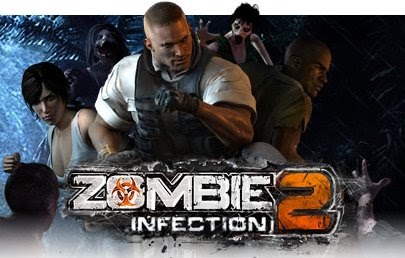

If you thought Halloween was scary - probability theory is scarier!

This tiny chance of a severe outcome pulls the ‘average’ infection rate upwards, even though it is extremely unlikely to happen.

The contradiction is resolved by appreciating that even though the outbreak will always go extinct, there is a small chance that it will generate a vast number of infections before doing so. But we seem also to have proved (in 3.) that it will continue for ages, since if each zombie infects one person “on average” then zombies will carry on infecting people for a long time and the outbreak will not fizzle out at all.

We seem to have proved (in 2.) that the outbreak will fizzle out quickly. Here’s where it gets more interesting - even, I hope, for those of you who were confused by the mathematics of how we got here. What’s spooky about the answers to the previous questions? So every zombie on average turns one other person into a zombie.Ĥ. In this case, there is 1/3 chance of a zombie infecting 0 people, a 1/3 chance of infecting 1 person and a 1/3 chance of infecting 2 people. To find out what happens “on average” we must multiply the chance of each possible outcome with the outcome, and then add them up. Some more basic probability theory is required here. How many people does a typical zombie infect on average? “It would obviously be tempting to come up for a narrative for why one was bigger than the other, but the difference may very well just be down to luck.” Or bad luck.ģ. “You could have two infections with identical properties (and hence same behaviour on average) but one outbreak will fizzle out while the other will be very large,” says Adam. The important message here - which is often forgotten by journalists, and even scientists - is that randomness plays a big role in the early stages of an outbreak. Only one outbreak made it past 25 generations - although once it did, it went on for another hundred.Įxtreme outbreaks are unlikely but do happen. Almost all of them died out by about 20 new infections.
#Zombie infection 3 code
Using code that he had already set up to study an Ebola outbreak, Adam Kucharski of the London School of Hygiene and Tropical Medicine (who set the puzzle) simulated ten outbreaks. There is a 78 per cent chance the outbreak will infect less than a total of 20 people, and 93 per cent chance it will infect less than 200. What is interesting is just how fast it dies out. You might have thought that the strain was pretty infectious – but don’t worry, its very likely we will be safe. In other words the outbreak will always die out. This is a quadratic equation - the scariest thing you will see this Halloween - which rearranges to Q 2 – 2Q + 1 = 0, Swapping in for probabilities this becomes: Q = probability the first zombie infects no one + the probability the first zombie infects one person, and this infection dies out + the probability the first zombie infects two people, and both infections die out. We need to introduce a new quantity, Q, which is the probability that a single zombie infection will die out. Extra points if you managed to prove it, since it requires you to use some of your old school maths. Because it will die out 100 per cent of the time. I’m hoping that the answer to the previous question was a strong hint that this virus is going to die out. What are the chances that the outbreak will die out by itself? In other words, it is more likely than not that the outbreak will die out without ever infecting a third person. What is interesting to note - and which helps us with the next question - is that this fraction is over half. Summing up, the chance of there being at most two people in the outbreak is 1/3 + 1/9 + 2/27 = 14/27. The chance of the outbreak infecting two humans.


 0 kommentar(er)
0 kommentar(er)
